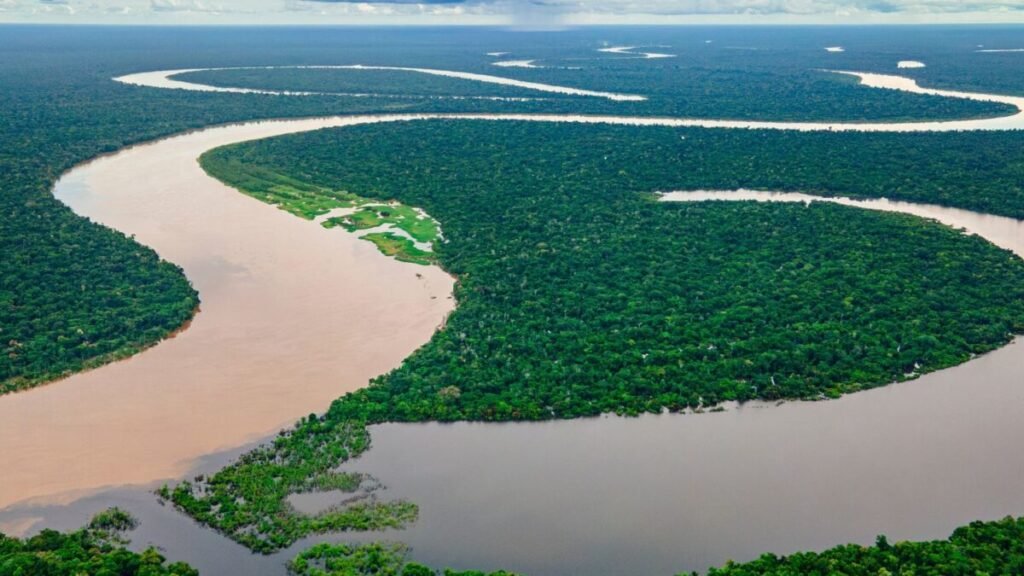Giant Predator Uncovered in the Amazon Jungle: A Discovery That Breaks All Known Records and Forces a Rewrite of the Region’s Natural History

In the depths of the Amazon jungle, a group of scientists has made a discovery that is making headlines around the world. It’s not just a new animal, but a creature that breaks all existing records. A snake so imposing that it forces us to rethink everything we know about it. What secrets does it hold that left even wildlife experts breathless?
An Amazonian mystery unearthed
The discovery took place in Bameno, a remote region of the Ecuadorian Amazon within the Waorani indigenous territory. The expedition was led by Professor Bryan Fry, a toxicology specialist from the University of Queensland, and featured actor Will Smith, who was filming a documentary for it.
During exploration in uncharted and dense vegetation-covered areas, the team came across a colossal specimen: a 6.3-meter-long snake weighing over 200 kilograms. The astonishing find led to the christening of a new species: Eunectes akayima.
This snake undoubtedly represents the fifth known species of anaconda and presents a genetic difference of 5.5% from the already recorded Eunectes murinus, exceeding even the genetic distance between humans and chimpanzees. This difference surprised the academic world since it was previously thought that all green anacondas belonged to the same evolutionary line.
A predator without venom but with devastating power
Although its length does not surpass that of the reticulated python, which can reach 9.7 meters, Eunectes akayima becomes the snake with the greatest known body mass. Adult females can weigh over 200 kilograms, far surpassing any other snake species.
These anacondas do not possess venom, but their hunting technique makes them lethal: they wrap their prey and suffocate them through pressure, feeding on fish, mammals, birds, and amphibians. Their natural environment — murky waters and thick vegetation — allows them to camouflage and attack unseen.
The Waorani indigenous community has been speaking for generations of sacred snakes that could exceed 7 meters, although there were no scientific records to confirm it until now. This discovery, therefore, also revitalizes legends and ancestral knowledge.
Science, DNA, and a new biodiversity map
Genetic analyses of the samples were conducted by institutions in Ecuador, the United States, and Australia, and published by the scientific journal. The studies concluded that Eunectes akayima inhabits countries like Ecuador, Colombia, Venezuela, Suriname, Guyana, and Trinidad. In contrast, the known species, Eunectes murinus, is mainly found in Brazil, Peru, Bolivia, and French Guiana.
Although both species share an almost identical visual appearance, they would have separated approximately 10 million years ago, explaining why the difference had not been detected before. This kind of discovery shows that the Amazon jungle still holds evolutionary secrets, even in creatures we thought we knew well.
The Butantan Institute, renowned for its zoological research, and The Conversation magazine also supported the report revealing the existence of this new species. The find not only changes what we know about anacondas but also emphasizes the need to continue exploring the biodiversity of the Amazon with new tools and an open mind to the unexpected.







